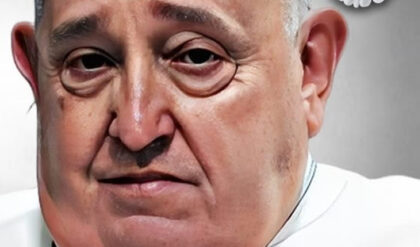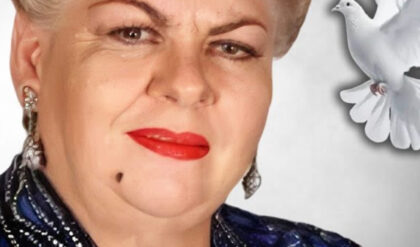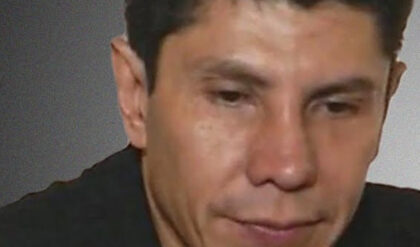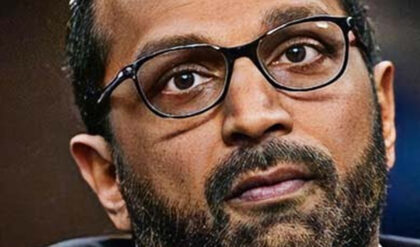Elvis Presley, the King of Rock ‘n’ Roll, is an enduring figure in music history—a revolutionary artist who reshaped pop culture. Yet, behind the glitz and glamour, the final year of his life tells a haunting story of a man trapped by fame, addiction, and deteriorating health. As his star waned, Elvis struggled to reconcile his larger-than-life persona with the very human challenges he faced.
The Prescription Problem: A Deadly Cycle
By the mid-1970s, Elvis’s lifestyle had become a toxic combination of excessive work, unhealthy habits, and dependency on prescription drugs. His reliance on amphetamines to stay awake and barbiturates to sleep began early in his career, driven by the demands of his punishing schedule. The infamous Colonel Tom Parker, his manager, encouraged this dependency, enabling Elvis to keep up with relentless tours and performances.
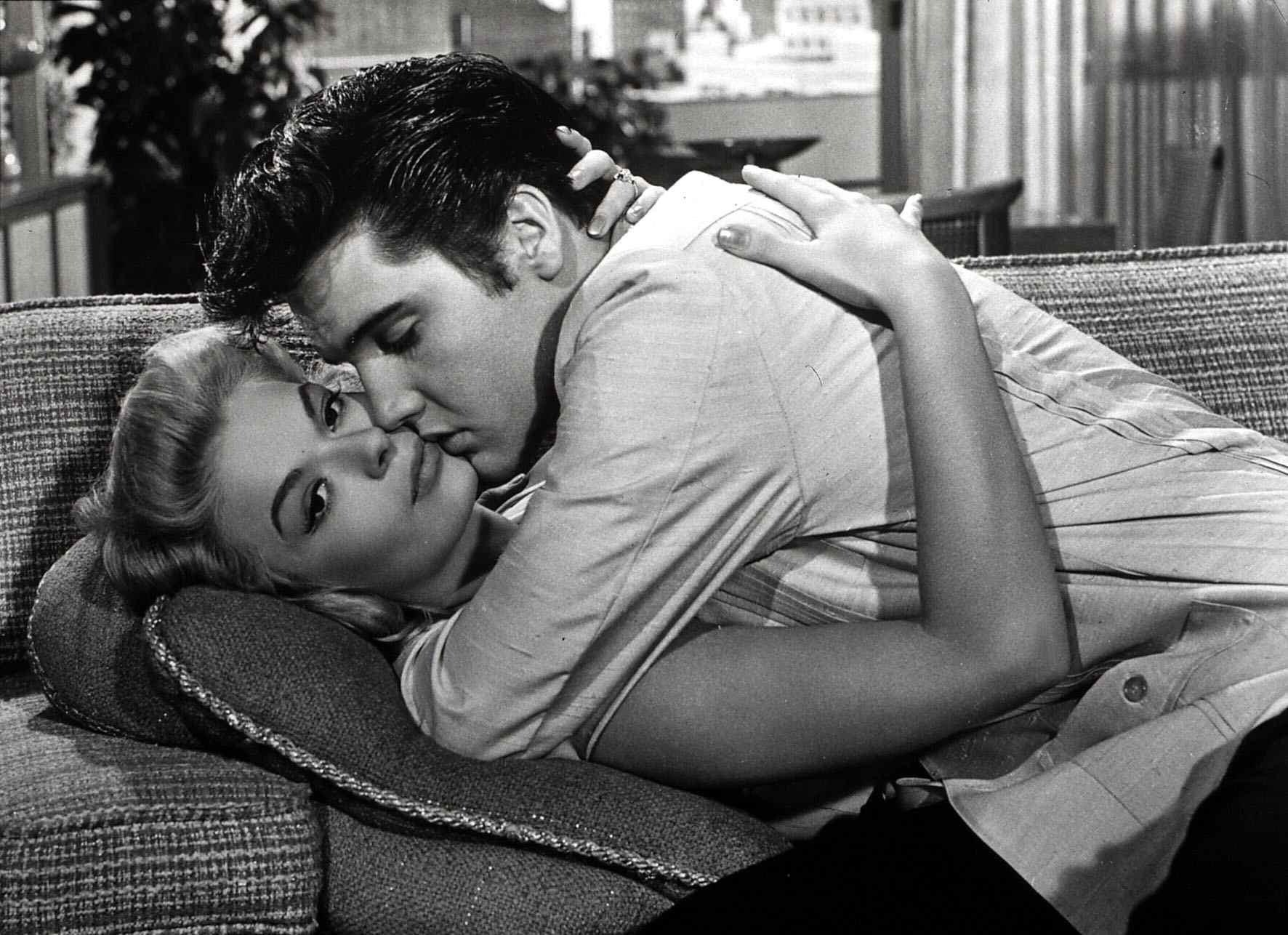
By 1976, Elvis had a private physician, Dr. George Nichopoulos, infamously known as “Dr. Nick.” This doctor reportedly prescribed more than 12,000 pills to Elvis and his entourage in the last 20 months of his life.
Dr. Nick defended his actions by claiming that if he didn’t provide the drugs, Elvis would have acquired them elsewhere. While the medical examiner cited heart disease as the primary cause of Elvis’s death, the cocktail of substances in his system painted a grim picture of addiction and self-destruction.
Graceland: A Gilded Cage
In the last year of his life, Graceland, Elvis’s Memphis mansion, became both his sanctuary and his prison. Much of his time was spent in the Jungle Room, an exotic space filled with shag carpets and eccentric decor. This room became the unlikely site of his final recording sessions in October 1976.
With Elvis reluctant to go to the studio, producer Felton Jarvis brought the studio to Graceland. These sessions resulted in some of his most poignant tracks, including She Thinks I Still Care and Moody Blue.
However, the King’s isolation at Graceland only deepened his struggles. Surrounded by an entourage known as the “Memphis Mafia,” he lacked genuine companionship. His romantic relationships also reflected this instability.
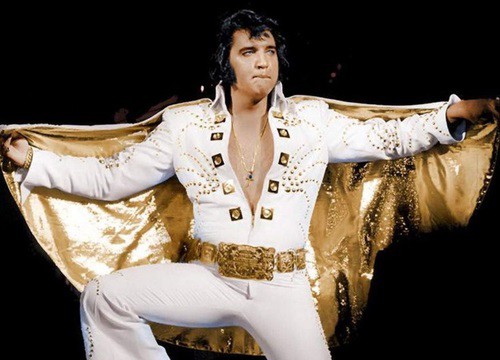
In late 1976, Elvis ended a four-year relationship with Linda Thompson, a stabilizing force in his life, and quickly became engaged to Ginger Alden, an actress 20 years his junior. This new relationship was met with skepticism by those close to Elvis, many of whom viewed Ginger as opportunistic.
Health Decline and Overeating
Elvis’s physical health mirrored his emotional struggles. Decades of indulgent eating habits caught up with him, exacerbating his already poor condition. His favorite meals were a testament to Southern comfort food excess, including peanut butter and bacon sandwiches and fried dishes. By 1977, his calorie intake was dangerously high, contributing to obesity and worsening heart disease.
The once vibrant and athletic performer was now a shadow of his former self. Public appearances became painful to watch, with critics noting his bloated appearance and sluggish movements. His concerts often ended early or were canceled altogether, as Elvis struggled to muster the energy to perform. One particularly low point came in March 1977, when he canceled a show in Baton Rouge because he physically couldn’t get out of bed.
Signs of Emotional Turmoil
As his health declined, so did Elvis’s mental state. He showed signs of depression, expressed in troubling notes and statements to those close to him. In an HBO documentary, Priscilla Presley recounted that Elvis had written a note to a friend, saying, “I’m sick and tired of my life.”
This despair was coupled with a dismissive attitude toward attempts to help him seek treatment. Priscilla described him as stubborn and resistant to intervention, unwilling to surrender control of his life even as it spiraled out of his grasp.
A Final Curtain Call
Elvis’s last live performance was on June 26, 1977, at the Market Square Arena in Indianapolis. To an audience of 18,000 fans, he delivered a setlist filled with classics like Hound Dog and Jailhouse Rock, as well as emotional newer songs like Hurt.
While his performance was described as heartfelt, it was clear to many that the King was struggling. Overweight and visibly winded, he still managed to captivate his audience, a testament to the power of his presence even in decline.
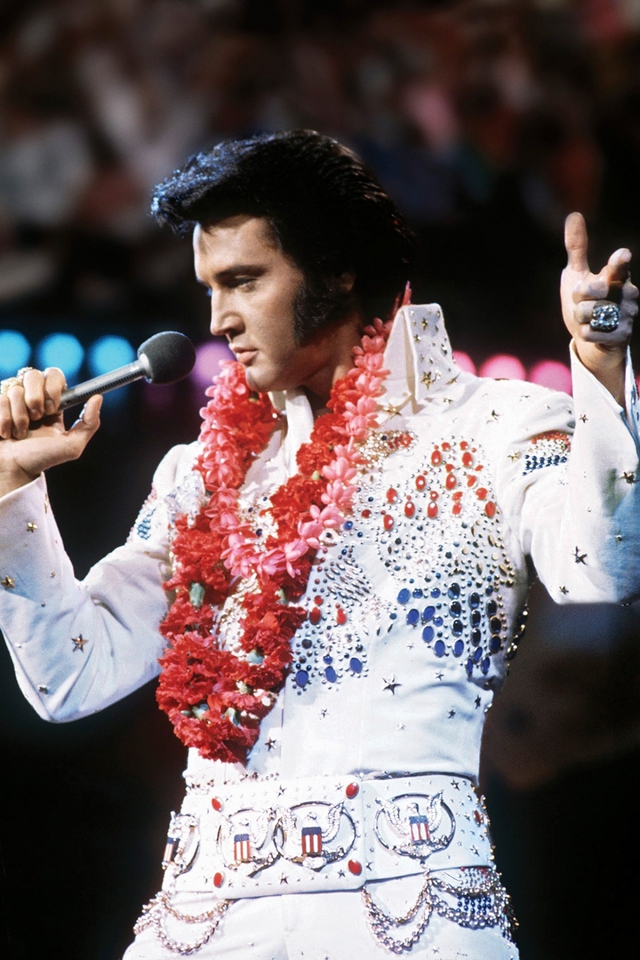
In his final weeks, Elvis retreated further into isolation at Graceland. His declining health and continued drug use created a tragic inevitability. On August 16, 1977, Elvis was found unresponsive in his bathroom. Despite efforts to revive him, he was pronounced dead at the age of 42.
The Legacy of a Legend
Elvis Presley’s final year was marked by decline and tragedy, yet his legacy endures. His music continues to inspire, and Graceland has become a pilgrimage site for fans worldwide. While his death has been the subject of speculation and conspiracy theories, the reality is a cautionary tale about the perils of fame, excess, and isolation.
Behind the glittering image of the King of Rock ‘n’ Roll was a man grappling with immense pressure and inner demons. Elvis Presley’s story is one of brilliance and vulnerability, reminding us that even legends are human.
